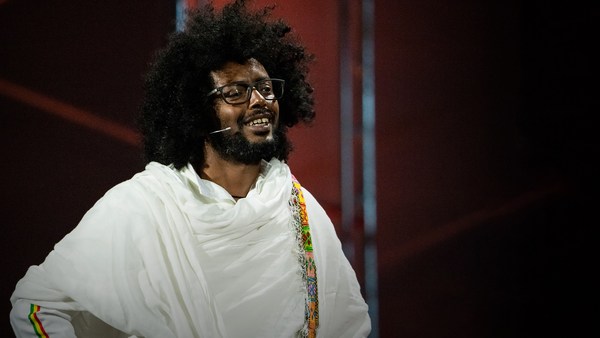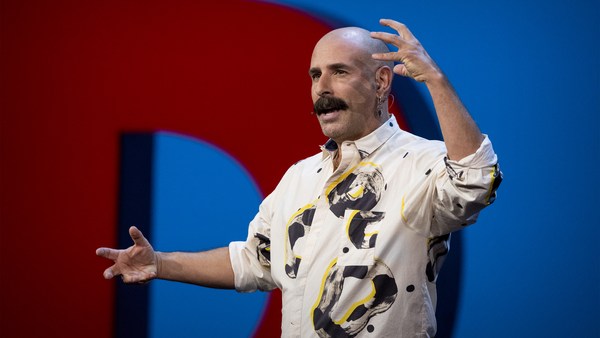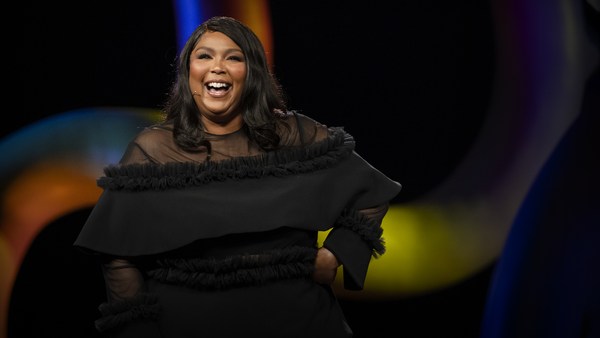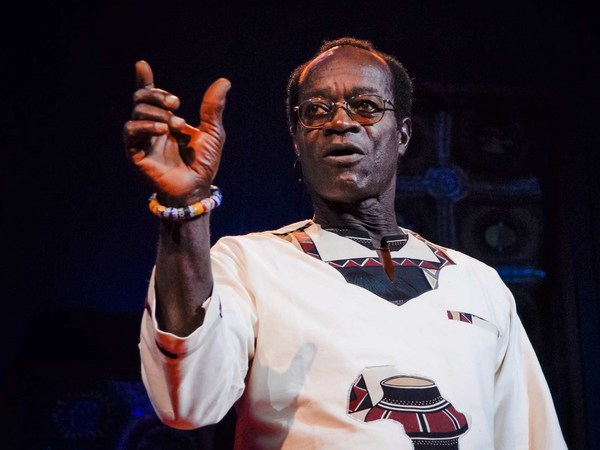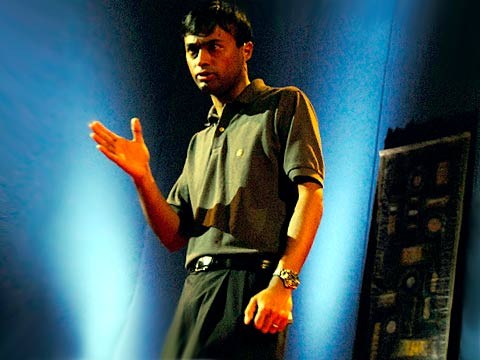(Rhythmic drumming)
Welcome to Africa. We are a continent that is rich in diversity. We have diverse resources. In Botswana, you can find diamonds. In DR Congo, there’s cobalt. And in Ghana, you find gold. And then there's the food. Africans have found countless ways to prepare rice, from the jollof in the west to the pilau in the east. But for me, our most fascinating diversity is our dance.
I am passionate about African dance because I'm a dancer and I'm African. But I also believe that dance is important, and through it we can learn so much about our history and where we come from. If the African culture was a tree, then I think dance would be its flowers.
If you look at the African dance of today, you find that its core foundation is traditional dance, and these are dances that were created with a specific purpose, for a ceremony or a celebration. It could be for war, for coming of age or even to bring rain. But what's really interesting with traditional dance is that through it you can almost paint this visual map of migration. And so through the movement of a dance, you can trace the movement of people. And so even though Africa is the most diverse continent in the world, we're also much more connected than we think.
Let's take the Zulu Kingdom. In the 1800s, the Zulus were mighty warriors, ruled by a fierce and brutal king known as Shaka Zulu. A wave of Zulu people proceeded outward into the eastern and central region of Africa, where they became known by new names, like the Ngoni and the Ndebele of Zimbabwe. Three dances from these regions are known as indlamu, isitshikitsha and ngoma. These dances are essentially cousins. They come from their own families, but when you look at them, you see the power of Shaka Zulu's Kingdom.
[Ndebele isitshkitsha dance]
[Ngoni ngoma dance]
[Zulu indlamu dance]
In the DRC, we find the Luba ethnic group, and they have a traditional dance called mutuashi. This dance was used to celebrate fertility and visually, it's liberation of a woman's waist. But a mutuashi dancer, someone performing a traditional dance, could cause a lot of controversy to those who had adopted a more conservative mindset from the West.
In Zambia, we find the Bemba ethnic group who are descendants of the Luba people, and so they share similar dances. One of the Bemba dances is called infunkutu, and it’s normally seen at a lady’s pre-marriage ceremony. Just like the Luba people, this dance is a celebration of a woman.
[Baluba mutuashi dance]
(Drumming and singing)
[Bemba infunkutu dance]
If we move into the eastern part of Africa, we find a showcase of the shoulders. The eskista from Ethiopia supposedly imitates the shaking of a rattlesnake, and it closely resembles two other dances from its neighboring countries: the quda in Eritrea and the kamabeka from Kenya. These dances are performed to different rhythms, but their core movement remains the same.
[Bukusu kamabeka dance]
(Music)
[Ethiopia eskista dance]
[Tigrinya quda dance]
It wasn’t only migration that separated ethnic groups but also the artificial borders that were drawn by some guys from overseas. In Ghana, Togo, Benin and Nigeria, there were once no border distinctions and no movement restrictions. The Ewe people can be found in each of these countries, and they perform a dance called the togo atsia, which is danced to the togo atsia drum pattern. Although these people were separated, their dance shows an endurance of their cultural connections.
[Togo atsia dance]
(Rhythmic drumming)
Nelson Mandela once said, "The curious beauty of African music is that it uplifts even as it tells a sad tale." And I find this to be just as true with dance. It's restored our hope in times of struggle.
In South Africa during apartheid, gold miners were not allowed to speak while they worked, so they used their boots to create rhythmic beats of communication, a dance known as the gumboot dance. And then there is zouglou. In the '90s in Cote d'Ivoire, university students facing economic hardship danced by raising their arms into the air as if making a plea. So we dance to celebrate what we have overcome. And so we find that a dance is not just a movement, but that movement embodies feeling and expression because it carries history and stories.
Today, our modern African dance is a fusion of styles that have come from different traditional dances that continues to celebrate and appreciate our cultural heritage. Have a look.
(Electronic dance music)
[Sangra dance]
[Legwork dance]
[Network dance]
[Zanku dance]
[Ndombolo dance]
Thank you for sharing African dance with me today.
